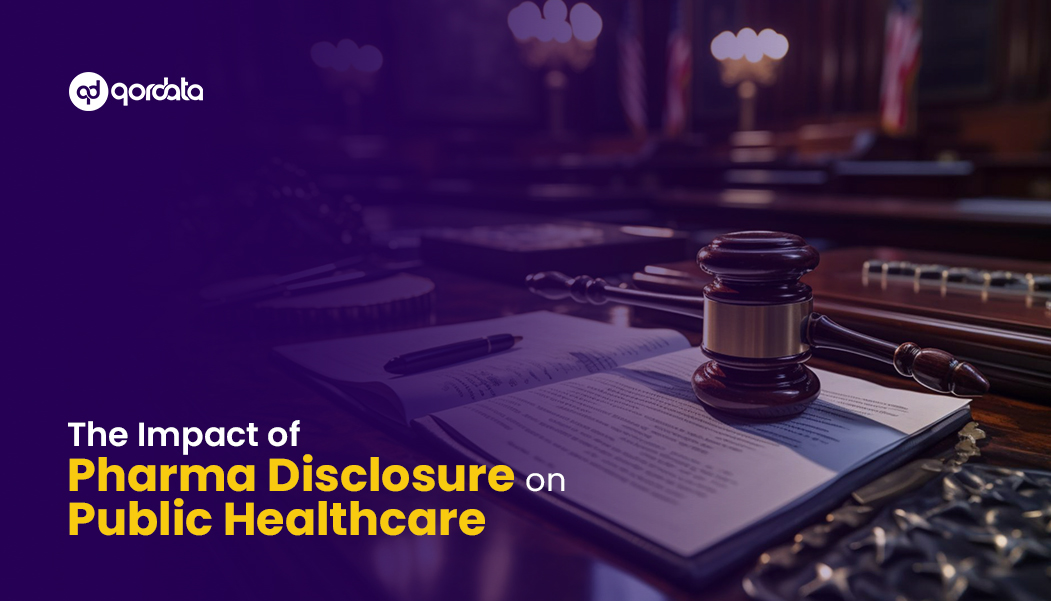How stringent are pharmaceutical disclosure requirements in your country?
Depends on who you’re asking.
Team qordata invited Brian Sharkey, Vice President of Porzio Life Sciences LLC, to host our webinar on “EFPIA Reporting and Consent Management”.
What he had to say pretty much confirms that when it comes to compliance disclosure, context is key.
Some Measures Go Up, Some Go Down
Did anticipated publication match actual publication rates in pharmaceutical spend for 2015 data? Not quite.
Switzerland, at 72%, was the only country in the EFPIA region where estimated consent equated to the actual consent rate.
Only three countries, the UK, Italy, and Norway, experienced the receipt of consent rates that exceeded their estimates, though the difference was marginal (not more than 5% in any of these cases).
For the remaining six countries studied, actual consent numbers were below those anticipated, in some cases significantly so.
For the remaining six countries studied, actual consent numbers were below those anticipated, in some cases significantly so.
Let’s take the case of Croatia, where only 11% consent was received, as opposed to the estimated 25%. That’s less than half. Poland, at 22% didn’t fare much better, since anticipated consent was 34%, nor was Ireland, where consent was 14% less than estimated consent—which was slotted at 69%.
Some countries fared better in closing the “Planned Vs Actual” gap. Germany had expected a consent rate of 39%, actual figures totaled 33%; Slovenia was only 5% less than actual consent rates at 41%. Lithuania, at 70%, did not reflect a high gap either, as anticipated consent rates did not exceed 74%.
In the following year, when pharmaceutical companies were supposed to report spend for 2016, we saw additional fluctuation in spend figures:
Lithuania, Norway, Poland, Spain, and Bulgaria—i.e., 50% of the countries under study actually reported an increase in their respective consent rates. In Spain, that may be attributable to regulatory changes that no longer made consent necessary for TOV publication.
In the other four countries, Croatia was the only one to report no change in consent rates. Switzerland, the UK, Italy, and Germany reported downward trends, though by less than 10% in each country.
This is a basic commentary on HCP/HCO attitudes toward disclosing spend figures.
Mr. Sharkey also questioned the sufficiency of consent rates as an indicator of transparency, which we will cover in another blog.



